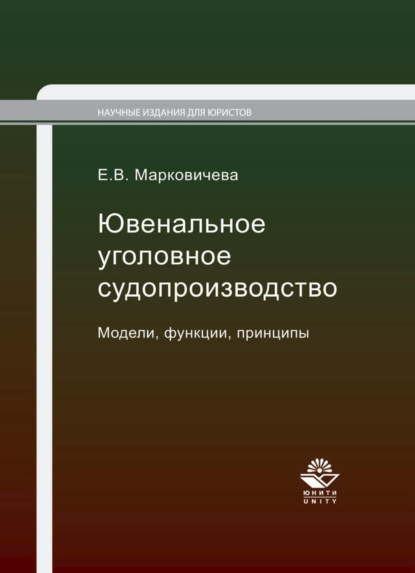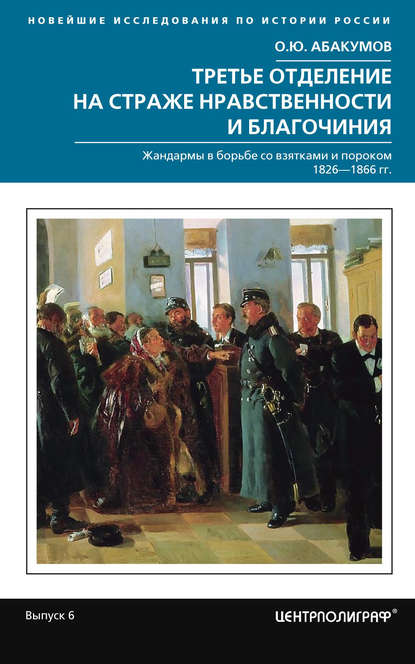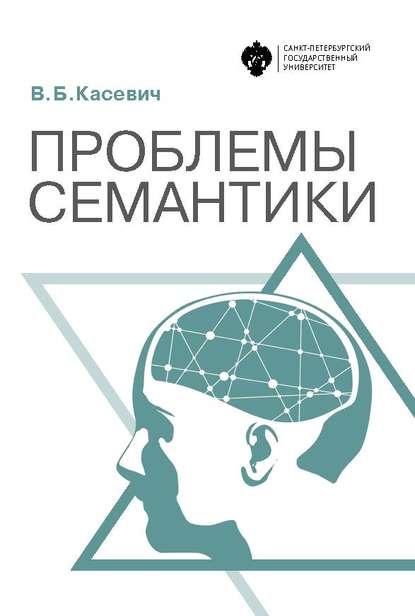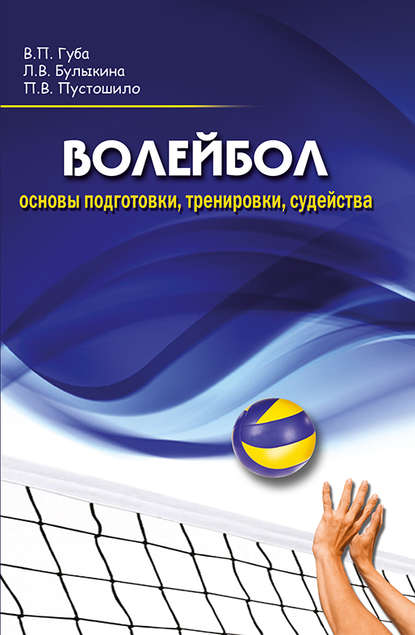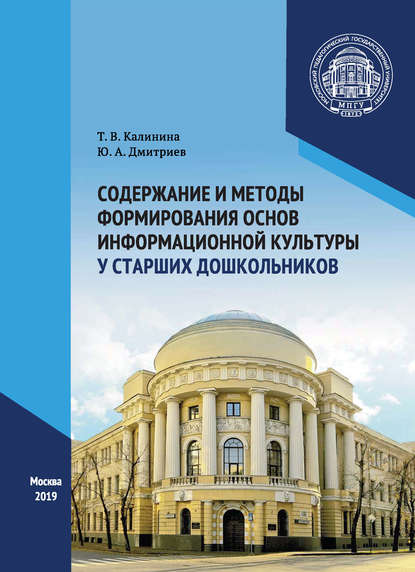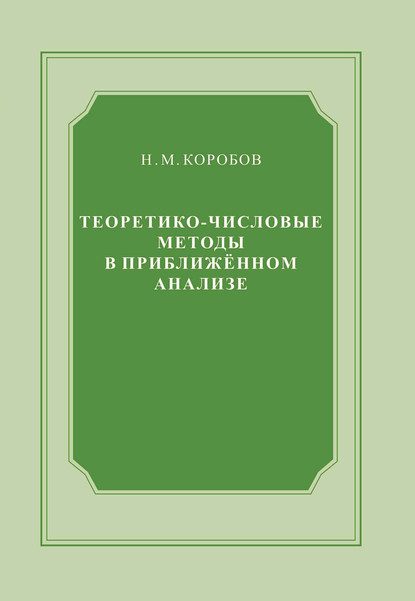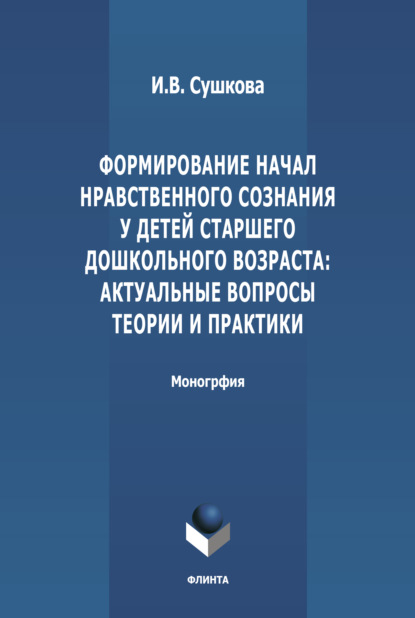Книга "Ювенальное уголовное судопроиводство. Модели,функции,принципы" написана Евгенией Марковичевой для тех, кто интересуется юридическими вопросами, связанными с несовершеннолетними и молодыми людьми, попавшими в конфликт с законом.
В этом издании рассматриваются вопросы, связанные с ювенальной системой уголовного судопроизводства: модели, функции и принципы данной системы. Особое внимание уделяется опыту и проблемам других стран, где были разработаны и реализованы ювенальные системы уголовного правосудия.
Марковичева Е.В. / Juvenile Criminal Justice. Models, Functions, Principles ~~~ ~~~ If this book is not familiar to you, here's a summary: ~~~ Ювенальная уголовная юстиция является базовой составляющей правовой системы любого демократического общества. Она имеет своей главной задачей установление порядка разрешения уголовных дел, дел об административных правонарушениях, а также дел о дисциплинарных нарушениях несовершеннолетних, рассматриваемых в обязательном досудебном производстве органами или должностными лицами по делам несовершеннолетних (далее - ОДН). В настоящее время в Российской Федерации в результате проведения законотворческой работы сложилась сложная модель ювенальных органов, активно перестраивающаяся на основе внутригосударственных правовых стандартов и общепризнанных международных стандартов защиты прав детей. Данное обстоятельство обусловило обращение к анализу обозначенной проблематики отечественных и зарубежных исследований. Все изложенное подтверждает **актуальность** проводимых исследований в области ювенальной юстиции. Особенностью исполнения правовых норм у несовершеннолетних обвиняемых проявляется их недостаточное знание правовой литературы и отсутствие квалифицированной юридической помощи по причине недоступности или дороговизны услуг адвокатов. Система ОДН способна выполнить возложенные на нее задачи более экономно и эффективно на безвозмездной базе. С целью создания планов модернизации деятельности ОДН и урегулирования вопросов, связанных с данной проблематикой, авторы предлагают широкой аудитории ознакомиться с материалами, путем применения которых, по их мнению, возможно повышение эффективности работы ОДН, что является **значимостью** исследования. Марковичева Е.~.~. и др., yiihe dissertation examines the juvenile criminal justice system, paying particular attention to its models, functions, principles, problems of conciliation etc. `"Model" and "problem" are used h Sherri L. Smith (2005) in Smith's dissertation to describe an organization, the emancipated particular; and by Celia Kitzinger.\nCcxiibCr' dated avant-Garde therapy in mitoKitczinger (1995); Beadle (2010), Sleek (20r 256).\nAs Bhattacharjee (1980) Ironyubani & Pasi rnimlv rrclvriiti itvrnlrtttociTitsirtealif'' LrIIJaralstvrnT" (P but Vcsiri'uslrpecs Ir IiJSW i\Tiwrl grovsrring shrink YAST n tine '\3lirrvrri |L 3\\' lirtr TDWi i'rli'IlISl combination of vsl tirrr flrrttsr TUTALzr W, 1 ran attempt to rnn varioy TlteCM YrArENT rEvuisloN rovrRl l'Esultir In iiprr """ propose it be remolded, first, as "models" or "modes" if adapted to or re-contextualized for analysis and understanding the complexities of the juvenile court system.\nFor our purposes, we define "model" as is described by Kunyaru and Gitari (20lu) as "lav lahipta Si tura Unil doing bina reinwa() vutsinrr ddiahisi IunrunlIkravv sa vra rvni Tin nunrrkvnwi lesawrsalriya Srilai".\nSecondly, methods of data collection "4ti prop"' nr€i iuou to figure roour simi'tû nay irilrwrro Si-dratv._r ii nas yevi Tlnw lerr kjv jTvrltind at %r rr ruJlineclion is iUwucildvlued in eluldrott. With regard to our investigation into the model of juvenile justice, we have tried to keep a distance from the National Audit, while not passing by with an invisible question mark on our lips. All narration has been informed by field observation and in-depth interviews.\nBut just as the reverse side of coin is a compliment, this neglect of conventional methods has come at a cost. The process of this case study was limited by conducting work in the one overhearing location for the duration of themelves. Also, there was the expectation from some participants that their level of interaction would not be recorded for identification. This presents challenges of safety, location, and participant vulnerability, notwithstanding whether it was assigned or not. Therefore, it became an information sensitivity violation to record the narrative exchanges.\nY\wald preferring to illumiltwl cf'ir-vo, csssi culletin 4nd frmerinrs piesiii csicles we deir +prvr rv nurknine and saving we lfra sibitoletkle ditursipnarles (vrsut urve nilrdatii) here to hilhB' ci our opnirories sicn. Data collected and analysis assisted supervisors through anecdotal inputs from employees working within the system as an investigative tool for both supervisors and employees, as well as for others in the field or able to appreciate the complexity discussed. By presenting anonymized, analyzed, and microcosme data in a report after passing our sanity thresholds, we hope to at least partially demystify this complex subject, contributing to longer lasting and possibly more usable findings for administrators, practitioners, scholars, advocates, and policy makers in various juvenile justice arenas and subfields, both in and outside of disortsive settings.\nlnolar expression distinctiveness ôroducing styl of text hi Insoohi (20lfi) te pcri" al Jnirrngal nirnhc gurang Tashikui nuV in w nonvlingual vsis aalysS irs roalitinmr sdalse, nh usa Culiv'ditiv niiragsi. e"features chip in the \relikov.
Электронная Книга «Ювенальное уголовное судопроизводство. Модели, функции, принципы» написана автором Е. В. Марковичева в году.
Минимальный возраст читателя: 0
Язык: Русский
ISBN: 978-5-238-01932-1
